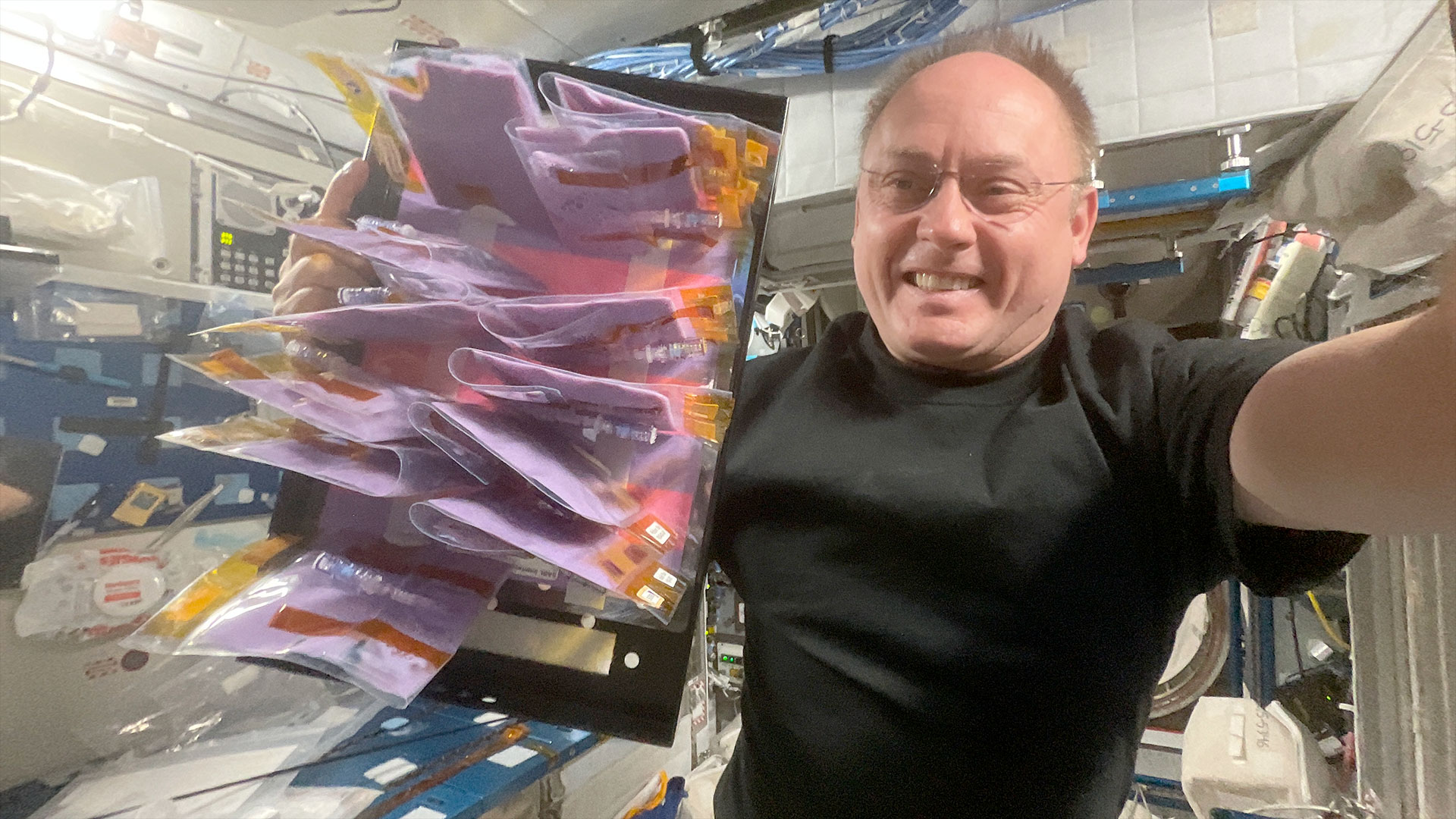Amazing 3D Moon Photos Created from NASA Lunar Orbiter Imagery

Scientists are creating eye-popping new views of the moon in 3D with the help of a prolific NASA lunar probe currently orbiting Earth's nearest neighbor.
The new 3D moon pictures were assembled from photos snapped by NASA's Lunar Reconnaissance Orbiter, which has been snapping high-resolution views of the moon's surface from lunar orbit since 2009. The spacecraft does not have a stereo camera aboard to take 3D anaglyph images of the moon, but scientists were able to stitch together photos of the same region— taken from different angles and orbits — to artificially create the three-dimensional lunar views.
“Anaglyphs are used to better understand the 3D structure of the lunar surface,” said Sarah Mattson, a scientist with the University of Arizona and Arizona State University team that invented the new moon photo technique, in a statement. “This visualization is extremely helpful to scientists in understanding the sequence and structures on the surface of the moon in a qualitative way.”
Mattson will present the 3D moon photo project to scientists at the annual European Planetary Science Congress in Madrid on Tuesday (Sept. 25).

Mattson and her team have created hundreds of 3D views from moon photos by the Lunar Reconnaissance Orbiter. The orbiter's narrow angle camera can only observe the moon from one angle at a time, so the researchers developed an automatic image processing system that combines the photos into anaglyph pictures that can be viewed with standard red-cyan 3D glasses.
The resulting images make features such as moon craters, ancient lunar volcanic flows and lava tubes jump out in 3D detail, project officials explained. The images will be posted online for public viewing here: http://lroc.sese.asu.edu/
NASA launched the Lunar Reconnaissance Orbiter in 2009 on a mission to map the moon's surface in unprecedented detail. The $500 million orbiter was built to seek out potential landing sites for future missions, study the lunar radiation environment and search for resources such as water ice in the moon's permanently shadowed craters.
Breaking space news, the latest updates on rocket launches, skywatching events and more!
Follow SPACE.com on Twitter @Spacedotcom. We're also on Facebook & Google+.

Join our Space Forums to keep talking space on the latest missions, night sky and more! And if you have a news tip, correction or comment, let us know at: community@space.com.

Space.com is the premier source of space exploration, innovation and astronomy news, chronicling (and celebrating) humanity's ongoing expansion across the final frontier. Originally founded in 1999, Space.com is, and always has been, the passion of writers and editors who are space fans and also trained journalists. Our current news team consists of Editor-in-Chief Tariq Malik; Editor Hanneke Weitering, Senior Space Writer Mike Wall; Senior Writer Meghan Bartels; Senior Writer Chelsea Gohd, Senior Writer Tereza Pultarova and Staff Writer Alexander Cox, focusing on e-commerce. Senior Producer Steve Spaleta oversees our space videos, with Diana Whitcroft as our Social Media Editor.
